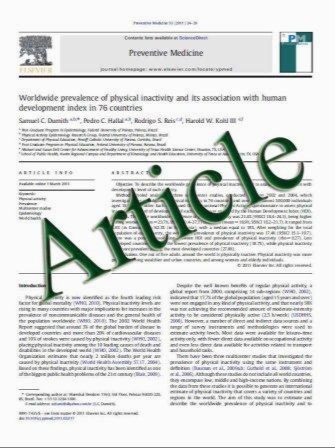Macrophage migration inhibitory factor (MIF) expression in human malignant gliomas contributes to immune escape and tumour progression
- نوع فایل : کتاب
- زبان : انگلیسی
- مؤلف : Michel Mittelbronn Michael Platten Pia Zeiner Yvonne Dombrowski Brigitte Frank Cornelia Zachskorn Patrick N. Harter Michael Weller Jo¨rg
- چاپ و سال / کشور: 2011
Description
Macrophage migration inhibitory factor (MIF), which inhibits apoptosis and promotes angiogenesis, is expressed in cancers suppressing immune surveillance. Its biological role in human glioblastoma is, however, only poorly understood. We examined in-vivo expression of MIF in 166 gliomas and 23 normal control brains by immunohistochemistry. MIF immunoreactivity was enhanced in neoplastic astrocytes in WHO grade II glioma and increased significantly in higher tumour grades (III–IV). MIF expression was further assessed in 12 glioma cell lines in vitro. Quantitative RT-PCR showed that MIF mRNA expression was elevated up to 800-fold in malignant glioma cells compared with normal brain. This translated into high protein levels as assessed by immunoblotting of total cell lysates and by ELISA-based measurement of secreted MIF. Wild-type p53-retaining glioma cell lines expressed higher levels of MIF, which may be connected with the previously described role of MIF as a negative regulator of wild-type p53 signalling in tumour cells. Stable knockdown of MIF by shRNA in glioma cells significantly increased tumour cell susceptibility towards NK cell-mediated cytotoxicity. Furthermore, supernatant from mock-transfected cells, but not from MIF knockdown cells, induced downregulation of the activating immune receptor NKG2D on NK and CD8? T cells. We thus propose that human glioma cell-derived MIF contributes to the immune escape of malignant gliomas by counteracting NK and cytotoxic T-cell-mediated tumour immune surveillance. Considering its further cell-intrinsic and extrinsic tumour-promoting effects and the availability of small molecule inhibitors, MIF seems to be a promising candidate for future glioma therapy.
Acta Neuropathol DOI 10.1007/s00401-011-0858-3 Received: 22 April 2011 / Revised: 28 June 2011 / Accepted: 4 July 2011


